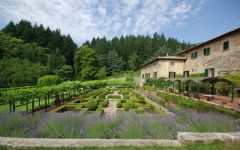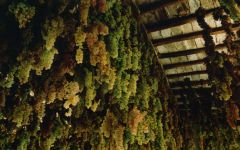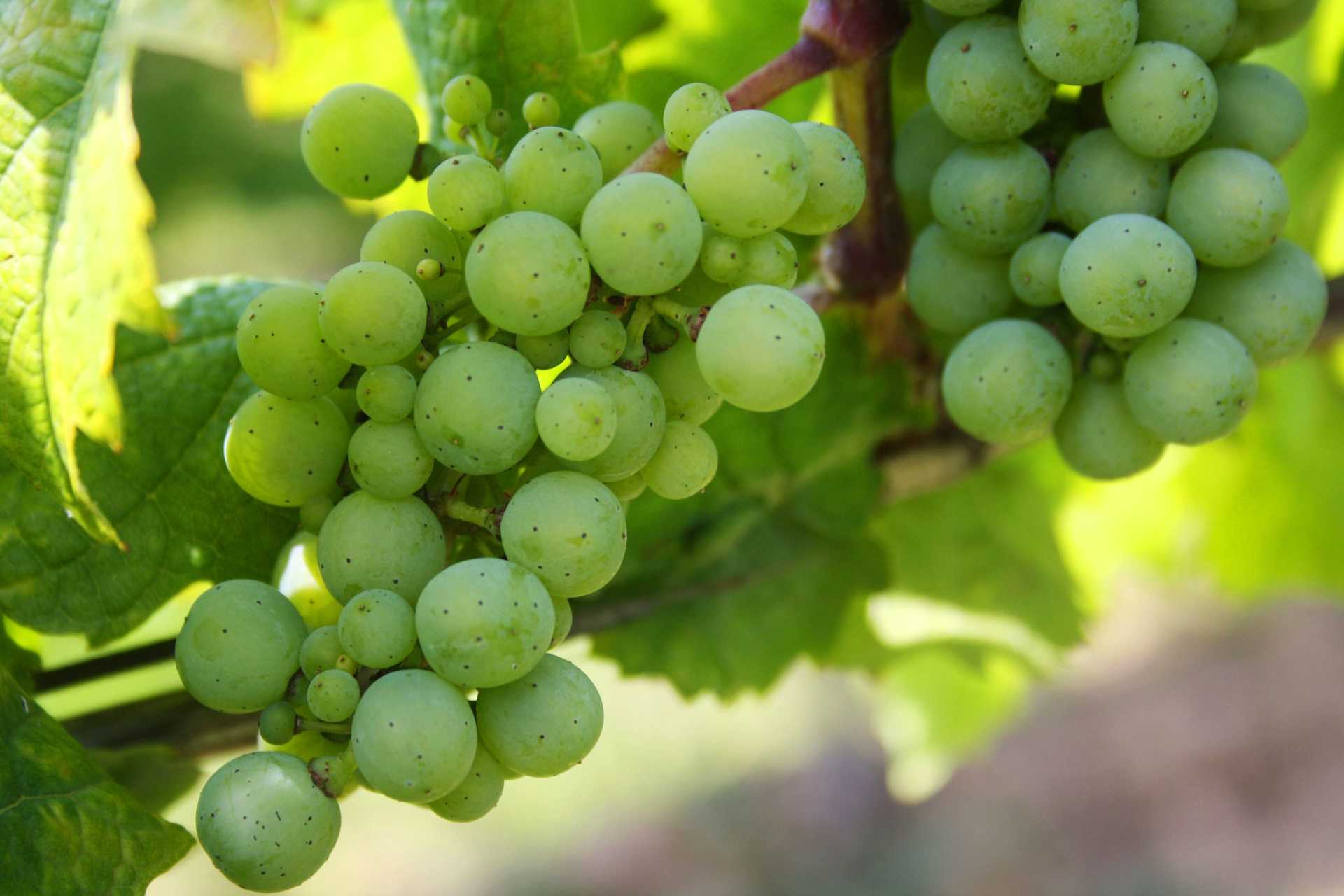Badia a Coltibuono Bianco Trappoline 1995

Product Details
Your Rating
Somm Note
Winemaker Notes









There are few other wineries anywhere that have such an aura of vinicultural history as that of Badia a Coltibuono. In Europe, it is not too difficult to find wineries that have origins dating back one, two, three, even five centuries, but the edifice at Badia a Coltibuono has been watching over winemaking for almost a thousand yearsand the building was constructed long after wine was first made on the property. Grapeseeds and amphorae from the first century A.D. Roman period evidence of wine production have been found at an archaeological dig on the property, and even earlier ruins from the wine-savvy Etruscan culture are present as well.
Today, the Badia a Coltibuono estate in the Chianti Classico commune of Gaiole in Chianti is led by the fifth generation of family members: Emanuela, Paolo, and Roberto Stucchi Prinetti. There are 150 acres of vineyards on the property, along with another 50 acres of olive trees. This being Chianti Classico, Sangiovese is naturally the most important grape variety planted. However, the family honors Chianti's heritage by also keeping significant numbers of vines of other traditional varieties that are allowed but often omitted in Chianti Classico: Canaiolo Nero, Ciliegiolo, Colorino, Foglia Tonda, Malvasia Nera, Mammolo, Pugnitello, and Sanforte (as well as Trebbiano and Malvasia for Vin Santo). From these building blocks, Badia a Coltibuono makes a robust range of wines from the traditional to the innovative.
With a thousand years of winemaking history at their backs, the Stucchi Prinettis feel the responsibility of land stewardship acutely. Badia a Coltibuono was an early adopter of sustainable practices in modern-day Chianti Classico and has been at the front of a movement to get the whole region to farm organically. All of the estate grapes are now organically grown. Vinification takes place in the winery's architecturally and technologically state-of-the-art winemaking facility located amidst the vineyards not far from the abbey. The structure was designed to have minimal environmental impact. Badia a Coltibuono's winemaking philosophy includes vinifications using wild autochthonous yeasts in smaller vessels, in both wood and stainless steel, with maturation mostly in large casks or used oak barrels rather than in new oak.

With hundreds of white grape varieties to choose from, winemakers have the freedom to create a virtually endless assortment of blended white wines. In many European regions, strict laws are in place determining the set of varieties that may be used in white wine blends, but in the New World, experimentation is permitted and encouraged. Blending can be utilized to enhance balance or create complexity, lending different layers of flavors and aromas. For example, a variety that creates a soft and full-bodied white wine blend, like Chardonnay, would do well combined with one that is more fragrant and naturally high in acidity. Sometimes small amounts of a particular variety are added to boost color or aromatics. Blending can take place before or after fermentation, with the latter, more popular option giving more control to the winemaker over the final qualities of the wine.

One of the most iconic Italian regions for wine, scenery and history, Tuscany is the world’s most important outpost for the Sangiovese grape. Tuscan wine ranges in style from fruity and simple to complex and age-worthy, Sangiovese makes up a significant percentage of plantings here, with the white Trebbiano Toscano coming in second.
Within Tuscany, many esteemed wines have their own respective sub-zones, including Chianti, Brunello di Montalcino and Vino Nobile di Montepulciano. The climate is Mediterranean and the topography consists mostly of picturesque rolling hills, scattered with vineyards.
Sangiovese at its simplest produces straightforward pizza-friendly Tuscan wines with bright and juicy red fruit, but at its best it shows remarkable complexity and ageability. Top-quality Sangiovese-based wines can be expressive of a range of characteristics such as sour cherry, balsamic, dried herbs, leather, fresh earth, dried flowers, anise and tobacco. Brunello, an exceptionally bold Tuscan wine, expresses well the particularities of vintage variations and is thus popular among collectors. Chianti is associated with tangy and food-friendly dry wines at various price points. A more recent phenomenon as of the 1970s is the “Super Tuscan”—a red wine made from international grape varieties like Cabernet Sauvignon, Merlot, Cabernet Franc and Syrah, with or without Sangiovese. These are common in Tuscany’s coastal regions like Bolgheri, Val di Cornia, Carmignano and the island of Elba.
